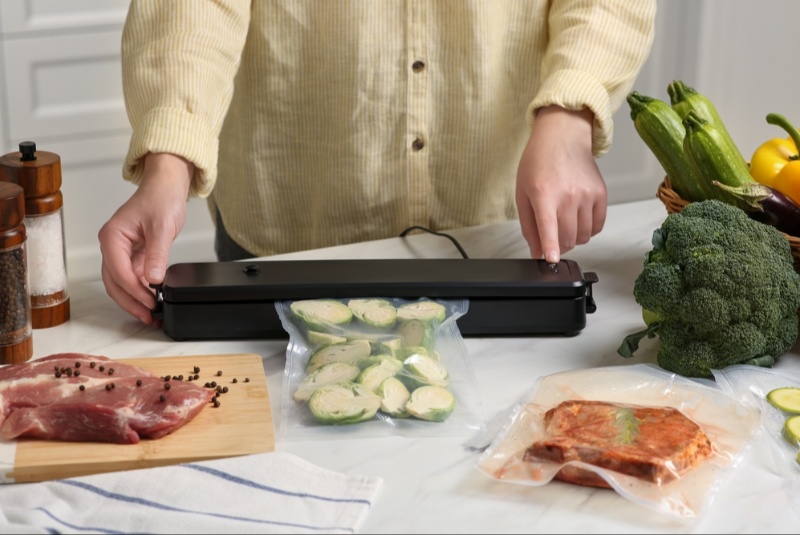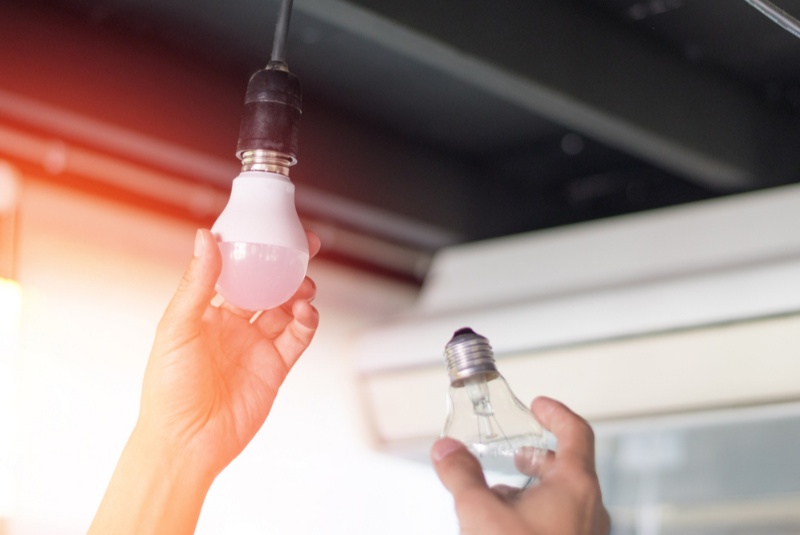Selecting a high-end food vacuum sealer is a critical decision for anyone passionate about preserving food at its peak freshness. These devices not only extend the shelf life of various foods but also help in marinating, sous-vide cooking, and efficient bulk storage. Understanding the nuances of different sealers, their capabilities, and how they align with your culinary habits is key to making an informed choice.
Understanding the Importance of Food Vacuum Sealers
High-end vacuum sealers offer enhanced preservation capabilities compared to basic models. They work by extracting air, which contains oxygen - a primary cause of food spoilage. By creating an airtight seal, these devices prevent oxidation, moisture loss, and freezer burn. This process is essential for preserving taste, texture, and nutritional value, making vacuum sealing a favorite among culinary professionals and home cooks alike.
Evaluating Durability and Build Quality
The longevity of a vacuum sealer is determined by its construction. Premium models often feature robust, stainless steel bodies, powerful motors, and high-quality sealing components. These materials resist wear and tear, ensuring your investment withstands the demands of frequent use. Additionally, look for models with easy-to-replace parts, which can further extend the lifespan of the sealer.
Size and Storage Considerations
Size is a practical consideration, especially in home kitchens where space is at a premium. High-end sealers can be bulky, so it’s crucial to choose a model that fits your available space. Consider models with a sleek, compact design or built-in storage compartments for accessories, which can help keep your kitchen organized and functional.
Understanding Different Types of Vacuum Sealers
The two primary types of high-end vacuum sealers – external and chamber – cater to different needs. External vacuum sealers are ideal for home use, offering convenience and simplicity. Chamber vacuum sealers, used predominantly in commercial settings, provide a higher level of vacuum efficiency, allowing you to seal liquids and wet foods with ease.
Customization Options for Diverse Foods
High-end sealers often come with multiple settings to handle various food types. Look for models with adjustable vacuum levels and seal settings to accommodate everything from delicate baked goods to sturdy meats. This versatility is essential for tailoring the vacuum sealing process to the specific needs of each food item, ensuring optimal preservation.
Convenience Features and User-Friendly Design
User experience is a critical aspect of high-end vacuum sealers. Models with intuitive controls, digital displays, and automated settings reduce the guesswork and streamline the sealing process. Additionally, features like detachable drip trays and dishwasher-safe components can make cleanup effortless, enhancing the overall user experience.

Innovative Technology and Smart Features
In the realm of high-end appliances, technology plays a significant role. Advanced vacuum sealers may offer Bluetooth connectivity, allowing you to control the device via a smartphone app. Other smart features could include programmable settings for frequently sealed items, ensuring consistency and efficiency in every use.
Safety and Hygiene Considerations
A high-end vacuum sealer should incorporate features that promote safe and hygienic operation. Look for models with automatic overheat protection, which prevents damage to both the sealer and your food. Hygiene-wise, models that allow for easy disassembly can be thoroughly cleaned, ensuring that the sealing area is free from food residues and bacteria.
Noise Level and Energy Consumption
The operational noise of a vacuum sealer can be a consideration, particularly in domestic settings. Opt for models known for their quiet operation. Energy consumption is another factor, especially for environmentally conscious consumers. Energy-efficient models not only reduce your carbon footprint but are also more cost-effective to operate in the long run.
Cost and Long-Term Investment
The price of high-end vacuum sealers can vary greatly. While it may be tempting to opt for cheaper models, investing in a high-quality sealer often proves more economical over time. Premium models offer durability, efficiency, and a range of features that justify the initial expense, providing value for years to come.
Warranty and After-Sales Support
A robust warranty and reliable customer support are vital, particularly for high-end models. A comprehensive warranty covers any manufacturing defects or performance issues. Efficient customer service is invaluable for troubleshooting and ensures that your vacuum sealer continues to perform optimally.
Reading Reviews and Seeking Professional Opinions
Before purchasing, it's wise to consult product reviews and professional opinions. User reviews can offer insights into the real-world performance of different models. Professional chefs and culinary experts can provide recommendations based on practical experience, helping you choose a model that meets professional standards.
Testing the Vacuum Sealer Before Purchase
If possible, try out the vacuum sealer or witness a live demonstration. This firsthand experience allows you to assess the machine’s ease of use, sealing quality, and overall build. Testing the sealer can provide confidence in your purchase decision, ensuring that the model meets your expectations.
Environmental Impact and Sustainability
Consider the environmental impact of the vacuum sealer. Eco-friendly models made from sustainable materials and boasting energy-efficient operations are becoming increasingly popular. Choosing a sustainable model reflects a commitment to environmental responsibility without compromising on quality.
Choosing the perfect high-end food vacuum sealer involves a thorough evaluation of durability, size, type, customization options, technology, safety, noise level, cost, warranty, and environmental impact. By considering these factors, you can select a vacuum sealer that not only meets your food preservation needs but also aligns with your culinary aspirations and environmental values.




